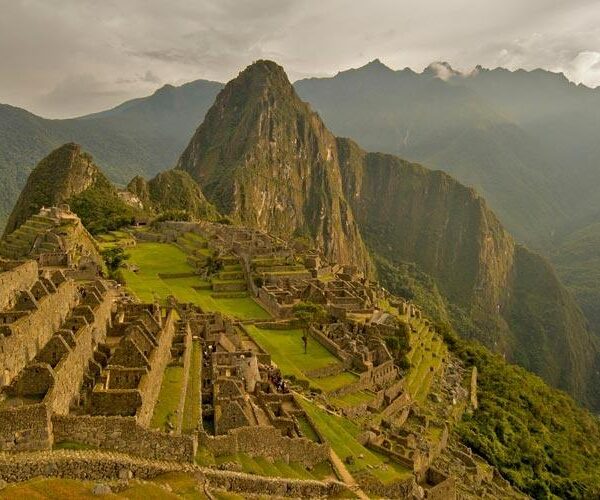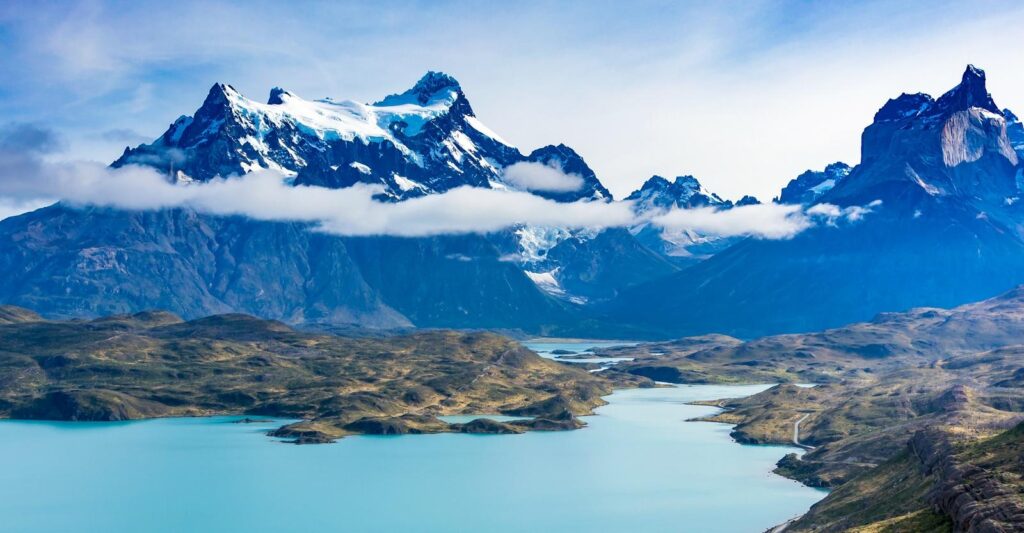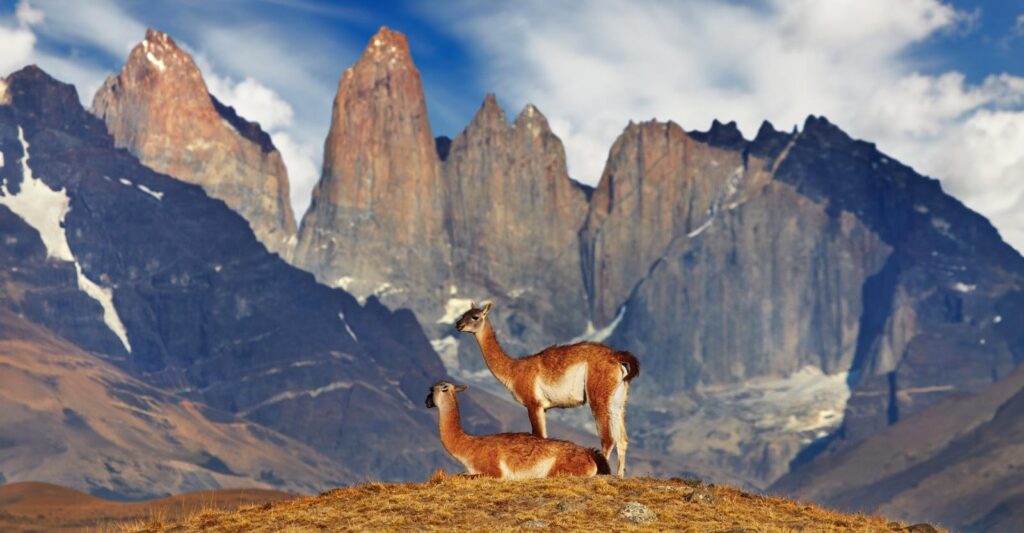Overview
Aboard a luxury riverboat, cruise to the headwaters of the Amazon River for an immersion in primeval rainforest. Deep within the most biodiverse region of the Amazon Basin, explore the Pacaya Samiria National Reserve, one of South America’s largest wildlife sanctuaries. It’s home to a staggering array of species, including 13 different primates, pink river dolphins, and rainbow-hued macaws—the Peruvian Amazon boasts nearly a thousand species of birds alone! West into the jungle-shrouded peaks of the Andes lies another marvel, this one of human origin: Machu Picchu, the mystical stone city built by the Incas in the 15th century, and below, the Sacred Valley of the Urubamba River, replete with myth and ruins. Discover it all on a diverse, seamlessly integrated adventure combining Peru’s most astounding natural and archaeological wonders.
Trip Highlights
- An Ideal Combination Itinerary Benefit from our seamless coordination to experience the Amazon rainforest and the archaeological wonders of Machu Picchu on a single adventure
- Cruise to the Remote Amazon Headwaters Search for jungle wildlife from a small luxury ship designed for exploring this legendary river and its source tributaries, with naturalist-guided excursions
- A Personalized Tour of Machu Picchu There’s no hiding that Machu Picchu can be crowded, but with our small group and expert guide, you’ll have an in-depth and insightful private encounter
Itinerary
Please fill out the form below to request a quote for rates.
Included
- Trip price includes: Accommodations aboard our luxury Amazon ship and in luxury lodges and haciendas, services of Nat Hab's professional Expedition Leader(s), local guides and boat crew, all meals from Breakfast on Day 2 through lunch on final day, some alcoholic beverages, some gratuities, airport transfers on Day 1 and final day, room at the Lima airport hotel on final day (may also be used for overnight stay free of charge), all activities and entrance fees, all taxes, permits and service fees.
- Internal air cost includes: All flights within the itinerary (this will be listed separately on our invoicing).
Not Included
- Travel to and from the start and end point of your trip, dinner on Day 1, some alcoholic beverages, some gratuities, passport and visa fees (if any), optional activities, items of a personal nature (phone calls, laundry and internet, etc.), airline baggage fees, airport and departure taxes (if any), required medical evacuation insurance, optional travel protection insurance.
Map















